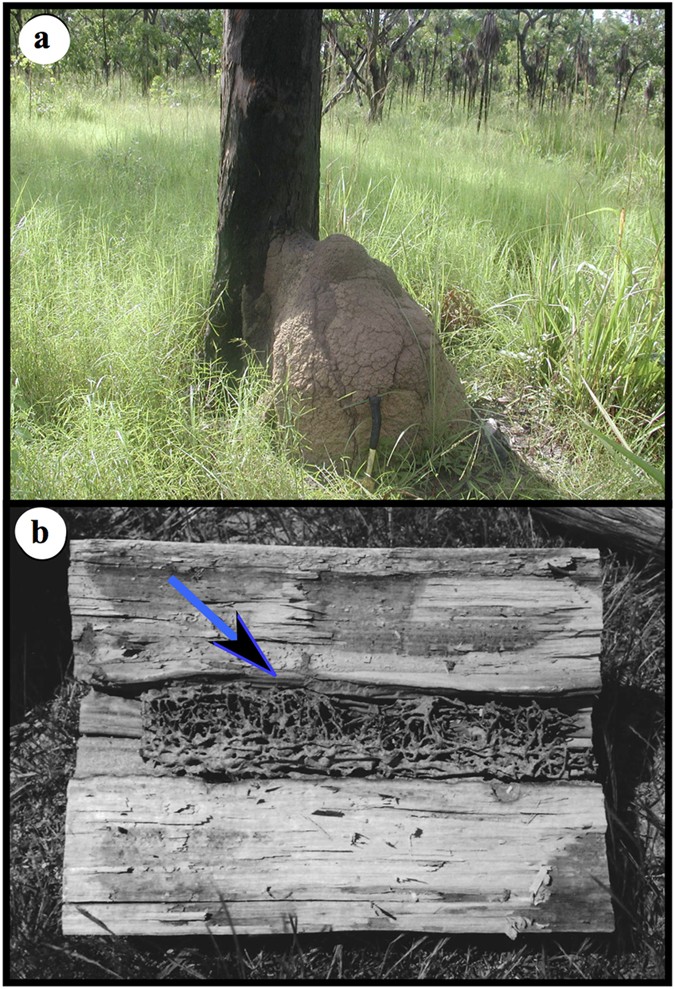

First would be written sources: journals, almanacs, newspapers and other historical records can be great resources for those looking into the lives of, for example, American frontiersmen, who often kept detailed journals chock-full of information on taming the American wilderness. Sourcesįor the average person interested in preparedness I suggest that there are three great resources that may be overlooked where one can gain skills, ideas, methodologies and hopefully a little wisdom and inspiration from past peoples.

For example, I once enjoyed a two-hour presentation on civil war surgery practices, most of which makes me shudder when considering putting them to use and I would not advise the replication of the techniques or the usage of the tools discussed in this case. There is a lot to be learned from the lives and examples that were left for us to see.Ī quick disclaimer, though: not everything that you get from historical sources is always something we want to emulate. Talking with these re-enactors is often fascinating and is a useful source of information regarding their specific fields from them, we may be able to garner examples for modern replication. There, individuals often have spent a good deal of time looking into records and texts and even testing out some of the skills they have learned in their attempt to get a better grasp of how such professionals would have lived in their own time. When going through a living-history or re-enactment camp, it is often the case that someone will be portraying a specific profession, such as, for example, surgeons, butchers, or tanners. Often in the pre-industrial world, people lived on what we might refer to today as a homestead, where many of the food, goods, or processes were worked or created nearby in a somewhat self-sustaining pattern. Their insight and legacy are available for us to garner from to aid us in our growth in becoming more self-sufficient. In the past, people were not so far removed from some of their basic needs and had to deal with them on a fairly regular basis, addressing them using the skills passed on by their parents. Where previously a local community might produce its own lye and tallow for soap, or harvest its own nearby forest for lumber, now most people’s goods are bought from supermarkets and come from all over the planet. Everything from architecture to basic hygiene products like soap bars reflects this change and the differences that have occurred. I think one of the most interesting aspects of a post-industrialized world is that we no longer need to utilize materials and resources that are nearby, instead relying on various entities to produce and provide materials that may be shipped from the other side of the globe for our consumption. We all need food year round, a clean source of water, to stay clean and hygienic, and shelter from the elements. Whether a person is alive now or living 300 or even 1,000 years ago, the basic needs to stay alive and functional are the same. While the technology created has removed some of the urgency that may have existed for peoples of the past, our basic needs remain the same. It is often difficult to comprehend the effects industrialization has had on the everyday realities of life the majority of people face. In this article I hope to lay out some of my thinking regarding this example and showcase a few examples of skills and information I have managed to pick up from my time in the living-history community. I believe that there is a wellspring of useful information and skills available from the re-enacting and historical research community for people interested in preparedness to tap into. Later on in my life I began branching out into the preparedness community and found a lot of roll-over from some of my reenacting and living-history experiences. Re-enacting and research into the lives of people piggybacked on my history interest and allowed for a much greater insight into what it meant to live or experience certain eras and events. From an early age I was able to visit historical sites and locations that brought these descriptions of great battles, events, and people into a real-world context that made them seem to come alive. A large part of my fascination with history I believe I can thank my parents for.


 0 kommentar(er)
0 kommentar(er)
